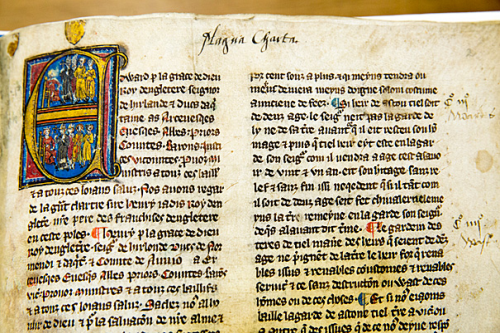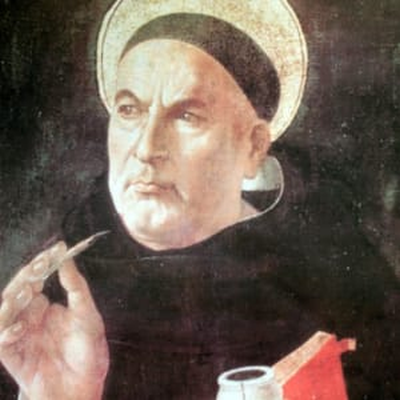I am always surprised when I encounter someone who has not heard the name Ritley.
The Ritleys.
OK, maybe I am an exception – I have not yet made my mark. But . . .
Hardly a man, woman or child anywhere on the face of the planet has not heard of their stunning accomplishments. They are a family steeped in the tradition of excellence, whose capacity for profound intellectual thought is exceeded only by their talent to affect meaningful changes (which often border on the revolutionary) to the fundamental problems of global significance they selflessly tackle.
For more than half of recorded history, the Ritleys have distinguished themselves by their extraordinary and selfless contributions to the welfare of mankind. This tradition was begun in southern Europe nearly fourteen centuries ago, by the inspired Roman emperor Licinius Ritleyus Magnus, who directed the finest scholars of that era to prepare a manuscript (the Constabular Codex) which could serve as constitution for a revolutionary new form of government, democracy. This Constabular Codex was borrowed and translated from Latin and used nearly vebatim in 1215 by King John of England, where it thereafter became more widely known as the Magna Carta. It is said to form the cornerstone of liberty and the chief defense against arbitrary and unjust rule.

Politics, natural philosophy, art, medicine . . . Each subsequent generation of Ritleys has pushed this legacy of excellence to an even more stunning degree. From the philosophical contributions of St. Ritley of Aquinas in 1428 (who, blind and deaf in his later years, communicated his thoughts to his next-door-neighbor Thomas, who wrote them down),

to the engineering accomplishments of Ewan MacRitley and his revolutionary device for sheering sheep in the Scottish Highlands (the sheep were skewered laterally through their midsection and spun at high speed, as upon a lathe) —

there is no one alive in the world today who has not been touched, time and again, by the profound legacy this family has left to mankind.
And today, the tradition continues!
In subsequent blog posts I will share some revolutionary ideas that the modern generation of Ritleys has brought forth to the world.